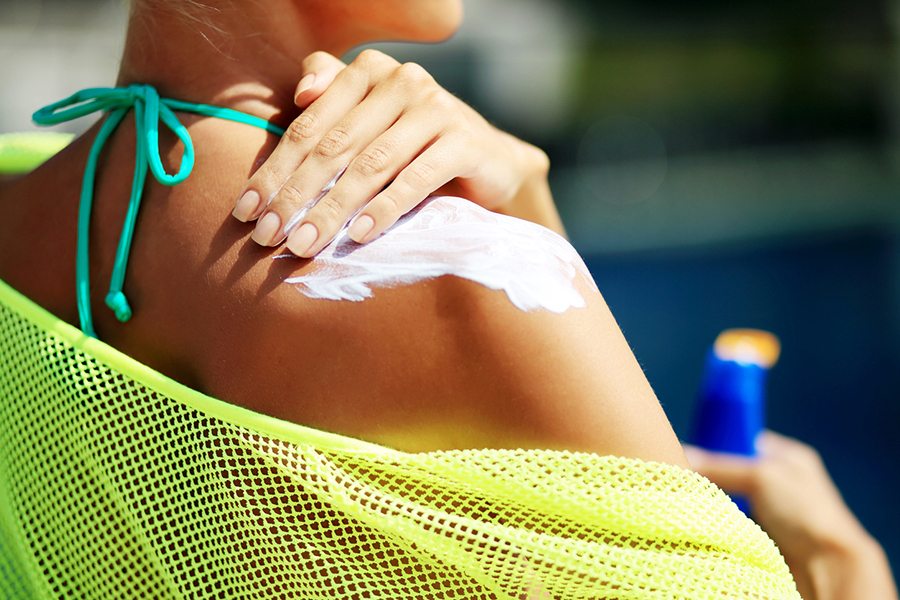We spoke to Nivea skincare scientist Ken Lee to find out how to stay safe in the sun this summer.
What’s the most common mistake people make when applying sunscreen?
There are a few common mistakes people make when applying sunscreen, which can have a serious impact on the skin. When applying sunscreen, most people don’t apply enough, or they don’t reapply often enough. It is important to allow 15mins for the lotion to absorb into the skin.
One of the most common mistakes is using an old or expired sunscreen. As sunscreens age, or repeatedly heat and cool (particularly in the New Zealand and Australian climate) the quality of the lotion can deteriorate. When this happens, the sunscreen won’t cover the skin evenly and in the way that’s necessary for proper skin protection.
How much sunscreen should be we really be applying?
We know that most people do not apply a sufficient amount of sunscreen. An average-sized adult should apply more than half a teaspoon of sunscreen (which is about 5 ml) to each body part. So, if you count two legs, two arms, front of body, back of body, and our face and neck, that’s 7 body parts. Put another way, that is, approximately 35 ml of sunscreen for one full body application. Here’s your quick test: how long did the last bottle last you?
How often should we be applying it
Regardless of the SPF level you use, it is generally recommended to reapply sun care products at least every two hours to maintain the sun protection level. This is particularly important after swimming and towel drying, where the protection period is shortened as the sunscreen film can be partially removed.
It is important to note that multiple other factors can also affect your level of protection, such as how much sunscreen you apply, the weather, amount of sweating, swimming, drying yourself and your own skin type. So if you know you’re going to be out in the sun for an extended amount of time, then it is best using a sunscreen with a 50+ SPF rating and reapply often.
How does repeated exposure to UV rays impact on the ageing process?
Over time, exposure to ultraviolet radiation accelerates skin ageing making it look dry, loose, dull, wrinkled and also causes changes in pigment commonly known as ‘age spots’. UV filters in sunscreen make an important contribution to protection from skin cancer and the premature ageing process. In order to guarantee reliable protection against UVA and UVB rays, NIVEA products contain highly effective organic UV filters to absorb these rays and protect the skin from sun damage, much like a sponge absorbs water.
What SPF should I be using?
SPF stands for Sun Protection Factor. It measures the level of UV protection a sunscreen will give you and in New Zealand and Australia ranges from 4 – 50+. However, NIVEA would not recommend the use of any product less than SPF15.
The SPF of your sunscreen indicates the length of time that your skin is protected from sunburn, depending on your skin type. For example, if you were to start getting sunburned after three minutes in the sun without any sunscreen on, applying a sunscreen with a sun protection factor of 30 would protect you for three minutes x 30 (or 90 minutes) before you begin to burn.
Do spray formulas and cream formulations offer different protection?
There are no major benefits of using a spray over a lotion, it’s up to the individual’s preference – but it is important to use and reapply sunscreen no matter what type you choose. It is also important to use it properly, as highlighted above, and apply fifteen before heading outside. It is also important to remember that no sunscreen can ever provide full protection – so ensure you combine sunscreen with sun-protective clothing, a wide-brimmed hat that protects the face, head, neck and ears, find some shade especially between 10am-2pm and wear sunglasses







